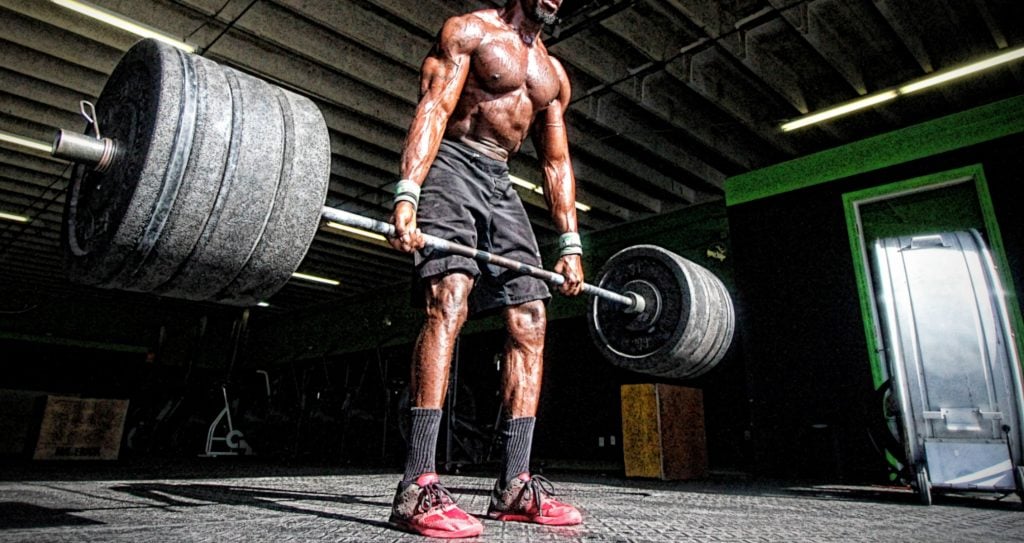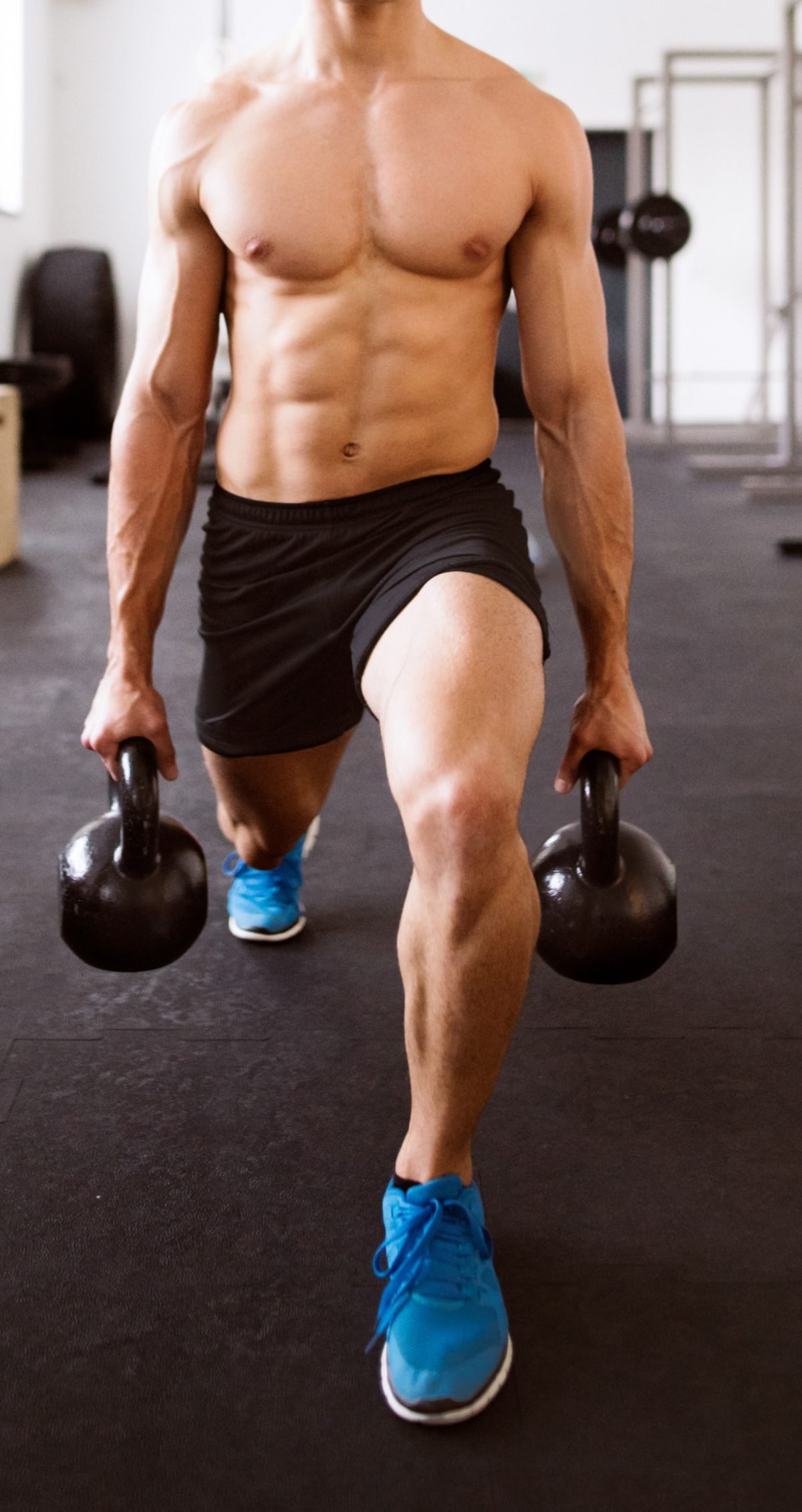9 Leg Day Mistakes You Might Be Making
Your legs make up half your body. Ignore them and you’re doing yourself a disservice. “Never skip leg day” is a mantra often heard in bodybuilding and other strength sports – but even if you don’t skip leg day – you need to also ensure that you are training correctly so all that hard work doesn’t lead to a frustrating plateau.
So if you’re a beginner or simply someone who has always struggled with lagging legs – this article is here to help you “skip ahead of the line” so to speak and avoid certain mistakes now so you don’t discover them later. Correct these 9 leg day mistakes and turn your twigs into tree trunks.
-
Skipping Leg Day
This seems redundant to say, but it’s true. Unless you’re going for the lightbulb look, stop skipping legs and start squatting. You don’t want to be the Johnny Bravo of your gym.
-
Not Training Legs Frequently Enough
Most people train their legs once a week (actually, probably once every quarter). Even still, it’s usually not enough to elicit any real adaptation.
Yes, Dorian Yates was known to train each body part once a week. But no, you are not Dorian Yates. His legendary workouts were so intense that his muscles needed adequate rest before the next session. Nothing personal, but you’re (probably) not training with the intensity and weight to justify needing a full week’s recovery. And sticking to one leg day a week may be holding you back.
All things considered, adding a second leg day to your weekly split can make a huge impact on your progress. It’s simple math.
One leg day/week amounts to four workouts every month. Two leg days/week totals eight workouts every month. That’s a difference of 52 workouts by the end of the year!
-
Not Lifting Heavy
Your technique is the foundation for heavy lifts. One shouldn’t be sacrificed for the other. And more often than not, folks will throw their technique out the window if it means slapping on another plate to impress their gym crush.
That said, stay true to your form while lifting some heavy ass weights and the results will show.
The heavier you lift, the more high threshold motor units (HTMU) you’re engaging. Motor unit recruitment depends on the load and intensity of the exercise being performed. Low intensity exercises recruit your slow twitch fibres (type I fibres). High intensity and heavy loaded exercises recruit your fast twitch fibres (type IIa and IIb).
If you’re always lifting with lighter weights and low intensity, you’re never engaging those type II muscle fibres. And if your goal is to build dense, long-lasting muscle, your program should have a healthy dose of heavy lifts.
-
Too Much Isolation/Machine Exercises
Piggybacking off the last point, you may be overemphasizing isolation exercises and underemphasizing compound lifts.
With this in mind, it’s no coincidence that it’s harder to find a free leg extension machine than it is to find a free squat rack in most gyms. Too many people are isolating muscles they haven’t even built yet.
While isolation exercises are great, they’re your dessert. Heavy compound lifts are your main course.
-
Too Little Hamstring and Glute Work
Everyone loves training their “mirror muscles” (pecs, arms, quads) for obvious reasons. This often leads to an underwhelming amount of posterior chain work (aka your “functional muscles”).
Most of the classic lower body exercises you see in the gym are quad-dominant. Hack squats, split squats, leg extension, and leg presses generally emphasize the quads over the glutes and hamstrings.
Your glutes are the biggest muscles in your body. So if your goal is to build bigger, stronger legs…why ignore them? It’s kind of like wanting bigger arms and only doing curls. Meanwhile if you did more triceps work (which is roughly ⅔ of your arm), your arms would be popping out of your sleeves.
Keep doing your quad work, but add more glute and hammie exercises into the mix too. Hip thrusts, deadlifts, and leg curl variations are all great options for leg day.
-
Going Too Fast
Tempo is one of the most overlooked variables when it comes to building size.
Rather than dropping to the bottom of a squat like it’s a race to the floor, focus on loading and contracting the muscles you’re targeting.
Slowing down the eccentric phase of an exercise isn’t always warranted, but at times can be very effective to increase your muscles’ total time under tension.
Regardless of the exercise you’re performing, think of which muscles are the prime movers and focus on contracting them as much as possible.
-
Not Squatting to Depth
Whether it’s a lack of mobility or an abundance of ego, the average squat performed in the gym fails to achieve full depth. While performing quarter squats with weight you can’t handle might add some false confidence, you’re usually better off squatting through a full range of motion for greater muscle fibre recruitment and total time under tension.
What’s a full range of motion squat? That depends. Generally speaking, it’s when your hip crease is slightly below your knee (so your thigh/femur is at least parallel with the floor, if not slightly lower).
Achieving such depth requires adequate mobility, which brings us to our next leg day mistake.
-
Not Enough Mobility Work
Mobility is your joints’ ability to actively travel through their intended ranges of motion. Yes, it’s pretty boring stuff…but it’s a necessary evil.
I know, you’d rather be getting after it in the weight room. But if you can’t devote 5-10 min to mobility work every time you’re in the gym (at the very least), you’re doing yourself a disservice.
With mobility comes better positioning during the big lifts, better recovery, better posture, increased ranges of motion, and reduced risk of injury/pain. All of which are vital in the pursuit of bigger, stronger legs.
-
Not Enough Single Leg Work
The average leg workout consists primarily of bilateral lifts like the squat and deadlift with little to no emphasis on unilateral (one-sided) exercises. But don’t let this fool you.
You can get way more out of single leg exercises than you might think. Here’s why you should do them:
- Minimal stress on the spine: Contrary to popular belief, you don’t need to load a barbell behind your neck and squat every leg day. The common limiting factor and weakest link during back squats is the lower back. Single leg exercises allow you to bypass the spine and place all of the load on your legs.
- Loading potential: The ceiling of loading potential is high. As mentioned, you can bypass injured or weak areas, unlike squats. Many lifters can’t squat to their legs’ potential because their upper/lower backs can’t handle the load. With many single leg exercises, you can increase the load solely to your legs while minimizing back involvement.
- Core work: Single leg exercises minimize your base of support and increase your core engagement.
Summary
Start training your legs and stop doing these nine common mistakes. You’ll get bigger, stronger, and look better because of it. Stop making mistakes on leg day that cost you great gains. Focusing on how best to build those legs will take your leg day routine to the next level and give you tree trunks from the waist down.
Did you find this leg day article helpful?










